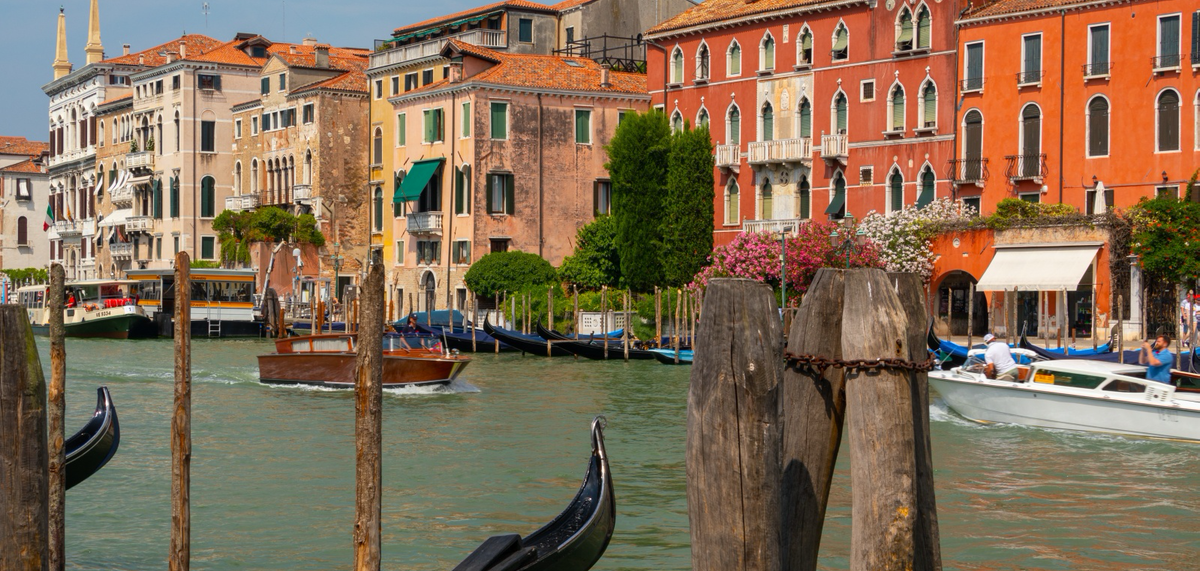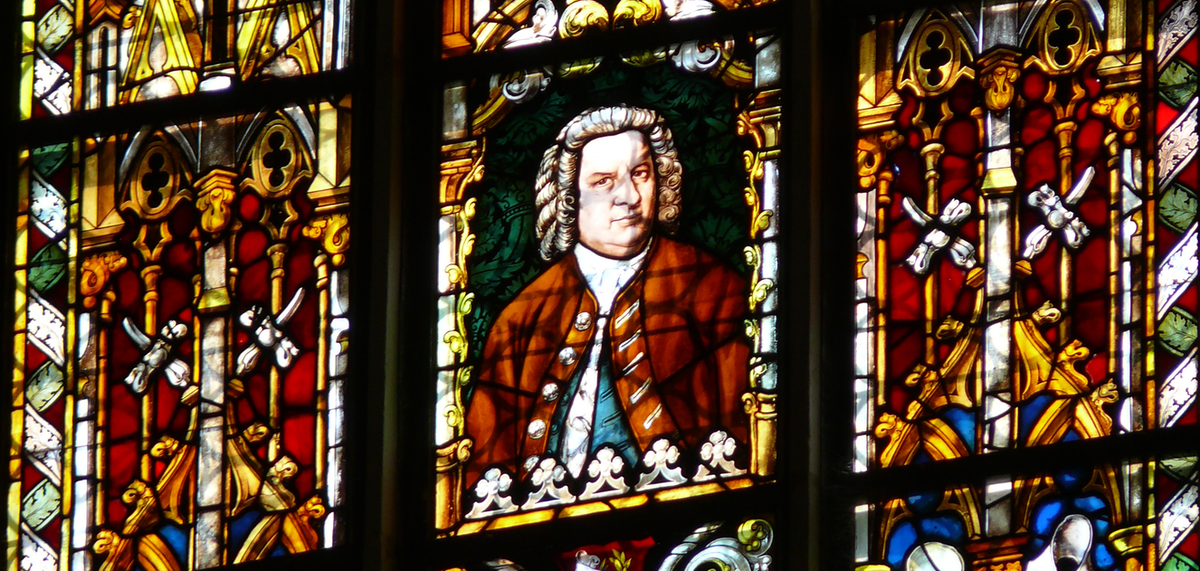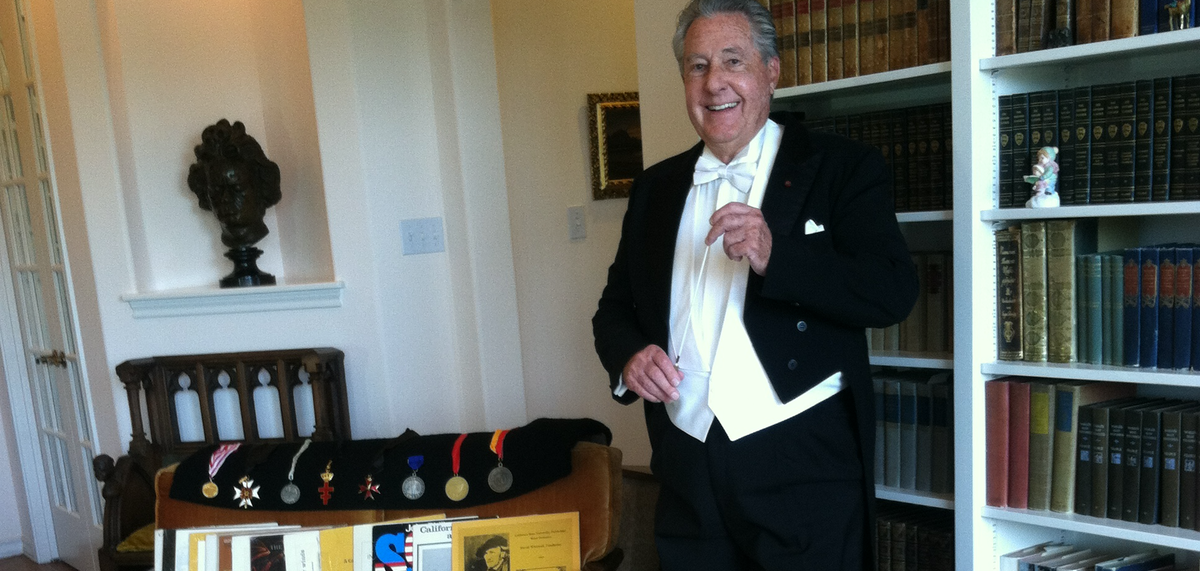The year is 1845. Belgian instrument maker, Adolphe Sax, has been in Paris for 3 years and has been lobbying the Minister for War about replacing the French military’s band instruments, which were in poor condition.
Sax had a rocky introduction to working in France. The local instrument makers didn’t appreciate the arrival of this young foreigner. Sax was the victim of vicious press campaigns, his best workers were enticed away, a mysterious fire destroyed part of his factory, and he was even the victim of physical attacks.

However, Sax’s lobbying must have worked because in 1845 the Minister of War announced a commission to study the condition of French military music. The commission was made up of leading French composers, along with military personnel, and were given several issues to investigate, but the best story comes from when they decided to explore the size and instrumentation of the infantry bands (our concert bands) and the cavalry bands (brass bands).
The commission invited anyone interested to submit a recommended plan for the instrumentation of the military bands. The two best submissions came from Michele Carafa and Adolphe Sax.

Michele Enrico Francesco Vincenzo Aloisio Paolo Carafa di Colobrano was a 57-year-old Italian opera composer. He was born in Naples, studied in Paris with Cherubini and became Professor of counterpoint at the Paris Conservatoire. Carafa was a leading member of the commission, but that conflict of interest didn’t stop him from putting forward his own submission for the instrumentation.
Carafa submitted a plan of 45 musicians which preserved the traditional instrumentation of the French military band. Sax, on the other hand, submitted a plan that used many of the instruments he’d invented, including an entire family of his own saxhorns.
The Parisian instrument makers panicked, realising that if Sax managed to convince the commission, he would gain a virtual monopoly in supplying instruments to the War Ministry.
This was a big deal. By the late 1800s there were 68 community concert bands in Paris alone. Pictures of the Sax factory show an enormous building with dozens of workers. Making and selling instruments, whether to the public or the War Ministry, was very big business.

The pros and cons of each submission were argued in the press, and then wisely, the commission decided that they would conduct a live test: Examples of both band setups would play and the commission would hear for themselves which instrumentation sounded the most effective.
Sax was the clear underdog. Carafa had the best players, professors and students from the Gymnase de Musique Militaire, and they were playing on traditional instruments. Sax’s musicians were playing entirely new instruments, some they had only played for the first time the day before.
Carafa was also ruthless in his attempt to win. He showed up with four extra players, even though the rules stated a maximum of 45. He also arranged for the kidnapping of seven key members of sax’s ensemble.
On the morning of the 22nd of April 1845, Sax tried and failed to find his missing players. He struggled to the Champ de Mars late and had to perform on two instruments himself to try to cover the missing parts. He ended up performing with an ensemble of only 38.
Waiting to hear the bands perform were the members of the commission, representatives of the military elite, journalists from all the papers, and a reported 20,000 members of the public!
Carafa started with a performance of an Andante composed for the occasion by Adolphe Adam. Sax’s band followed with a performance of the same work. His band was conducted by Alexandre Fessy, a brilliant composer who was also the music director of the 5th Regiment of the Parisian National Guard.
After the Andante each band played a march, also composed by Adam.
Following this was a performance of a fast march. This Pas Redouble was composed by Fessy and was dedicated to the War Minister, in a not very subtle attempt to influence the commission.

Following the Fessy Pas Redouble each band performed a work of their own choice. Carafa performed an arrangement of the Overture to Muette de Portici by Auber. Here is a recording of the French Garde Republicaine band performing the Overture in 1908. Perhaps on that day in April 1845, it sounded something like this.
After Carafa’s performance of the Overture by Auber, Sax’s band performed an original work by Fessy, a Fantaisie. Being specifically created for this event, Fessy was able to compose a work that fully exploited the benefits of Sax’s new instruments. This work was Sax’s big chance to show what his instruments were capable of.

At the end of that day in April 1845, it was obvious to all who had won the day. Carafa’s instrumentation was 60 per cent woodwinds, while Sax’s was only 24 per cent woodwind. Sax’s band had a greater sonority which carried over a greater distance, even with fewer players. Carafa and his friends retreated and carried on their anti-Sax campaign in the law courts. The commission recommended to the War Ministry that the French infantry bands should have 55 musicians and include 12 saxhorns and two saxophones.
The two works composed by Fessy for the battle, the Fantaisie and the Pas Redouble, were published by Adolphe Sax after the competition. They bear the catalogue numbers Ad.S.1 and 2 and are the first two works Sax ever published. Both scores feature a single saxophone part in B-flat, for the tenor saxophone, and they were published a full year before Sax filed his patent for the invention of the saxophone in 1846.

You can find a lot more detail about the 1845 Battle of the Bands in the book, The History and Literature of the Wind Band and Wind Ensemble: The Nineteenth-Century Wind Band and Wind Ensemble (Volume 5), by David Whitwell. Modern playable editions of the Fessy Pas Redouble and the Fantaisie are available from Maxime’s Music.




